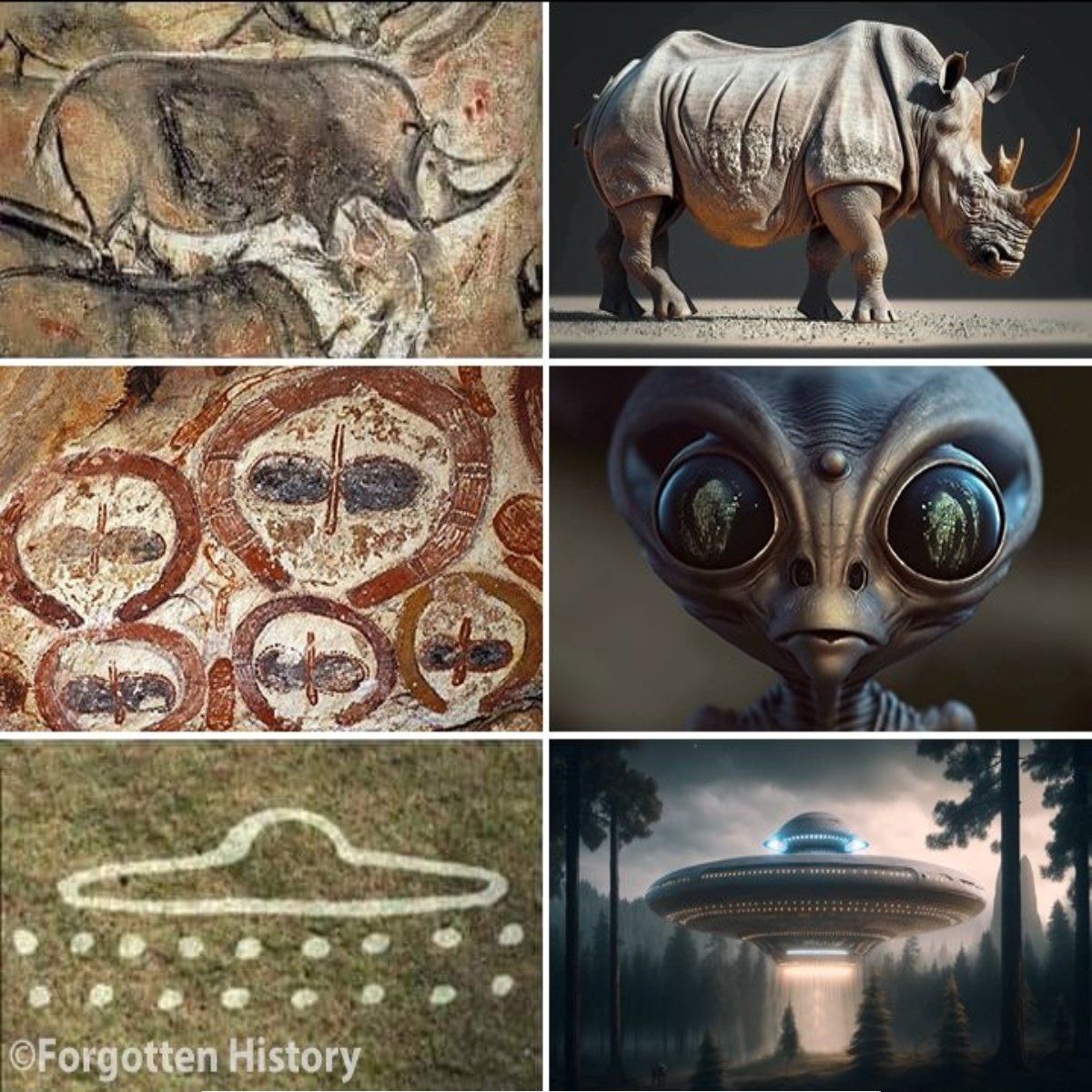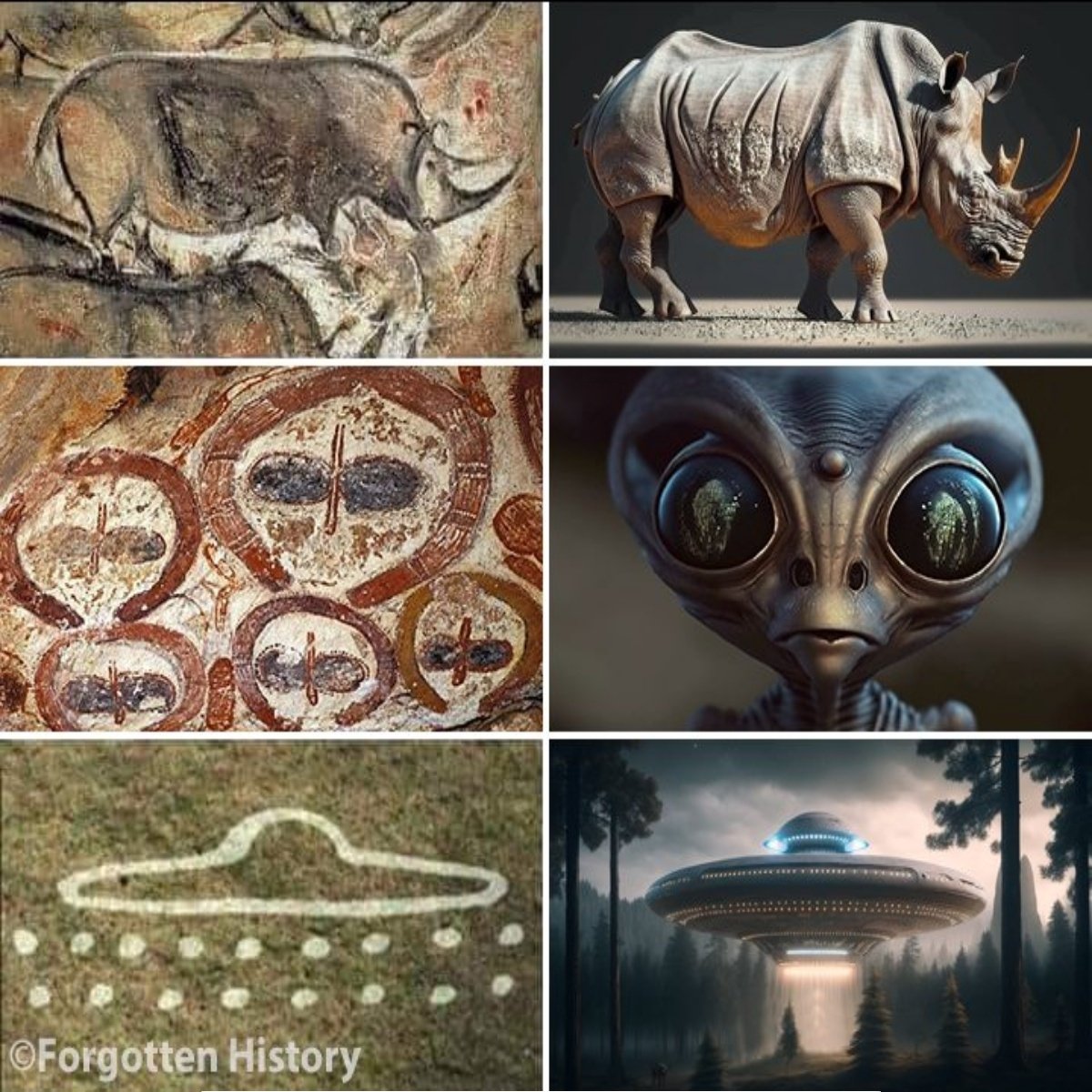In the vast tapestry of human history, there are enigmatic imprints left behind by ancient civilizations that continue to captivate our imagination. These remnants, whether etched into stone, painted on cave walls, or inscribed on ancient manuscripts, serve as windows into the lives, beliefs, and achievements of those who came before us. With advancements in archaeological techniques and technological tools, we are now better equipped than ever to decode these ancient messages and unravel the mysteries they hold.

One of the most intriguing aspects of studying ancient imprints is the insight they provide into the cultural, religious, and societal practices of past civilizations. From the majestic pyramids of Egypt adorned with hieroglyphs to the intricate pottery of the Maya civilization embellished with symbolic motifs, each artifact tells a unique story about the people who created it. Through careful analysis and interpretation, archaeologists and historians can piece together the puzzle of ancient life, shedding light on everything from daily routines to spiritual beliefs.
Moreover, ancient imprints often serve as a testament to the ingenuity and technological prowess of our ancestors. The precision of Incan stonework, the sophistication of Mesopotamian irrigation systems, and the astronomical knowledge encoded in ancient monuments like Stonehenge all speak to the remarkable capabilities of early civilizations. By studying these achievements, we not only gain a deeper appreciation for the accomplishments of the past but also glean valuable insights that can inform modern innovation and engineering.
In addition to their historical and technological significance, ancient imprints frequently hold clues about the interactions between different cultures and civilizations. Through the examination of trade routes, artistic styles, and written records, researchers can trace the exchange of ideas, goods, and people across vast distances and periods of time. This interconnectedness underscores the richness and diversity of human history, highlighting the complex networks of exchange and cooperation that have shaped our world.
However, the study of ancient imprints is not without its challenges. Deciphering ancient languages, reconstructing fragmented artifacts, and interpreting symbolic imagery all require a combination of expertise, patience, and interdisciplinary collaboration. Moreover, the preservation of these fragile relics is often threatened by factors such as climate change, urban development, and looting, underscoring the urgent need for conservation efforts and responsible stewardship.
Despite these challenges, the quest to unravel the messages of ancient civilizations remains a deeply rewarding endeavor. Each discovery brings us closer to understanding our shared human heritage and offers new perspectives on the complexities of the past. By harnessing the power of modern technology and interdisciplinary research, we can continue to unlock the secrets of ancient imprints and ensure that the voices of our ancestors are heard for generations to come.




